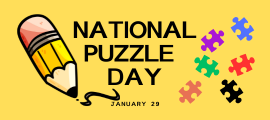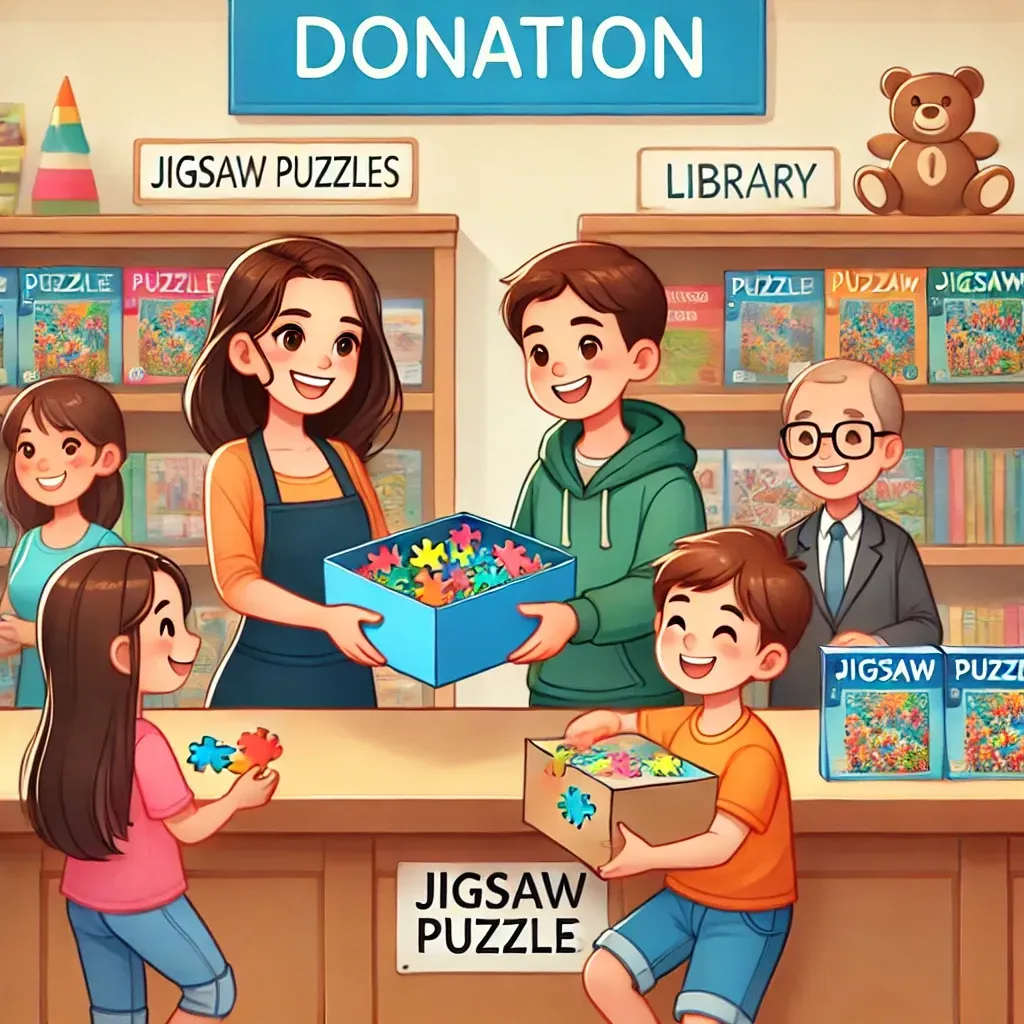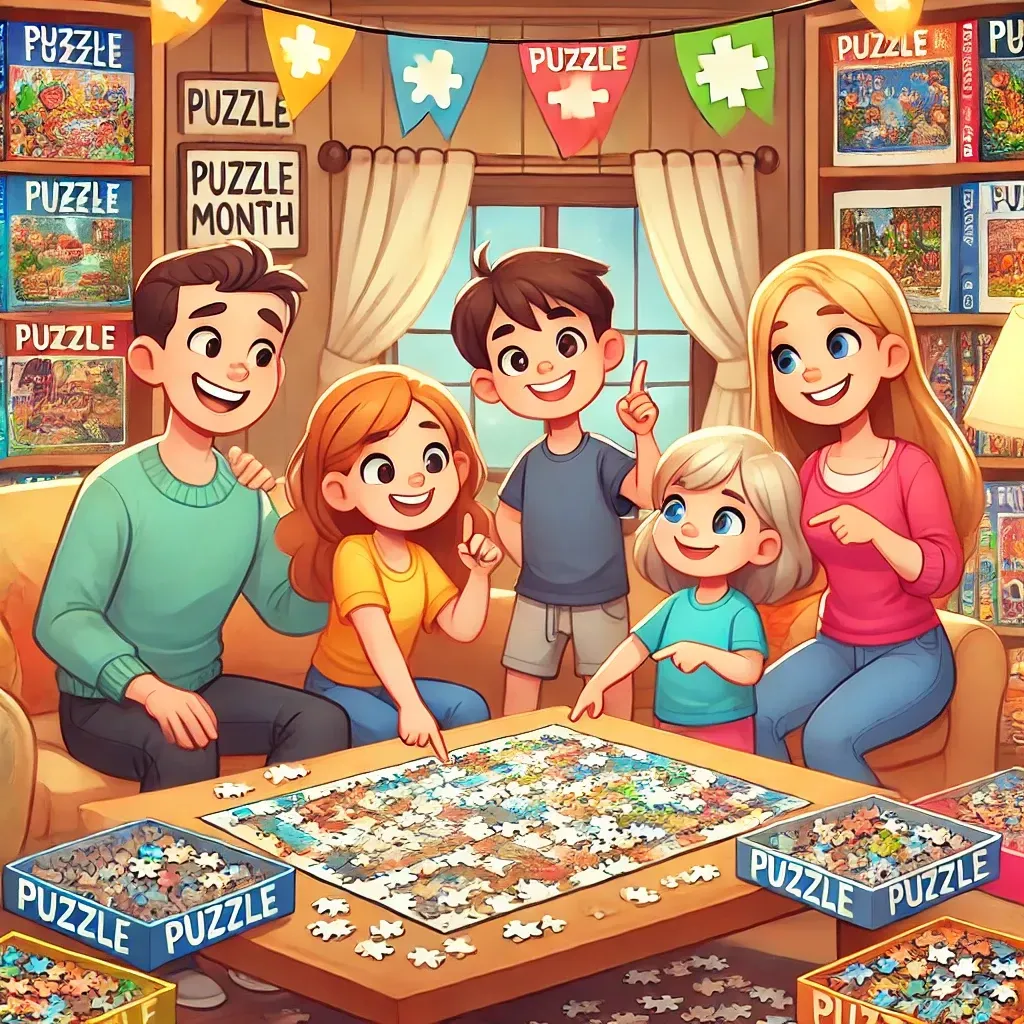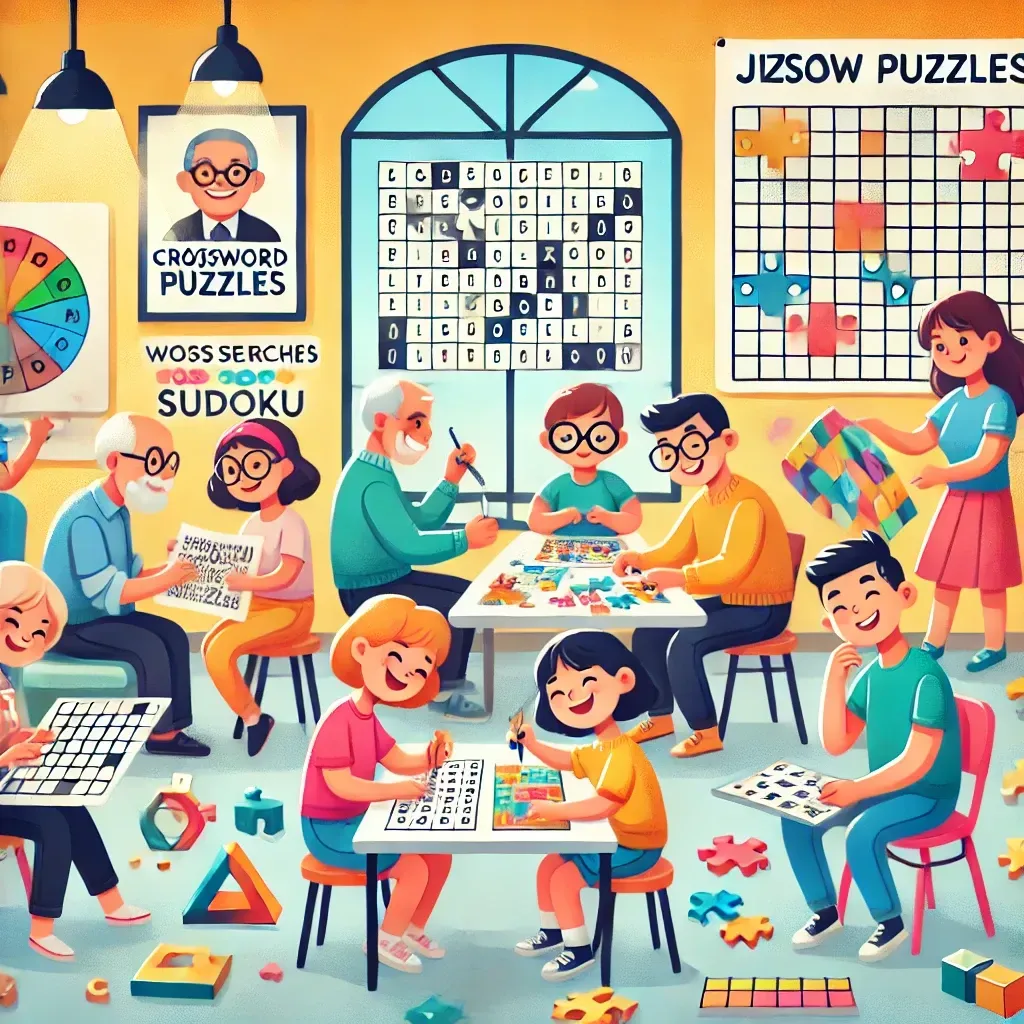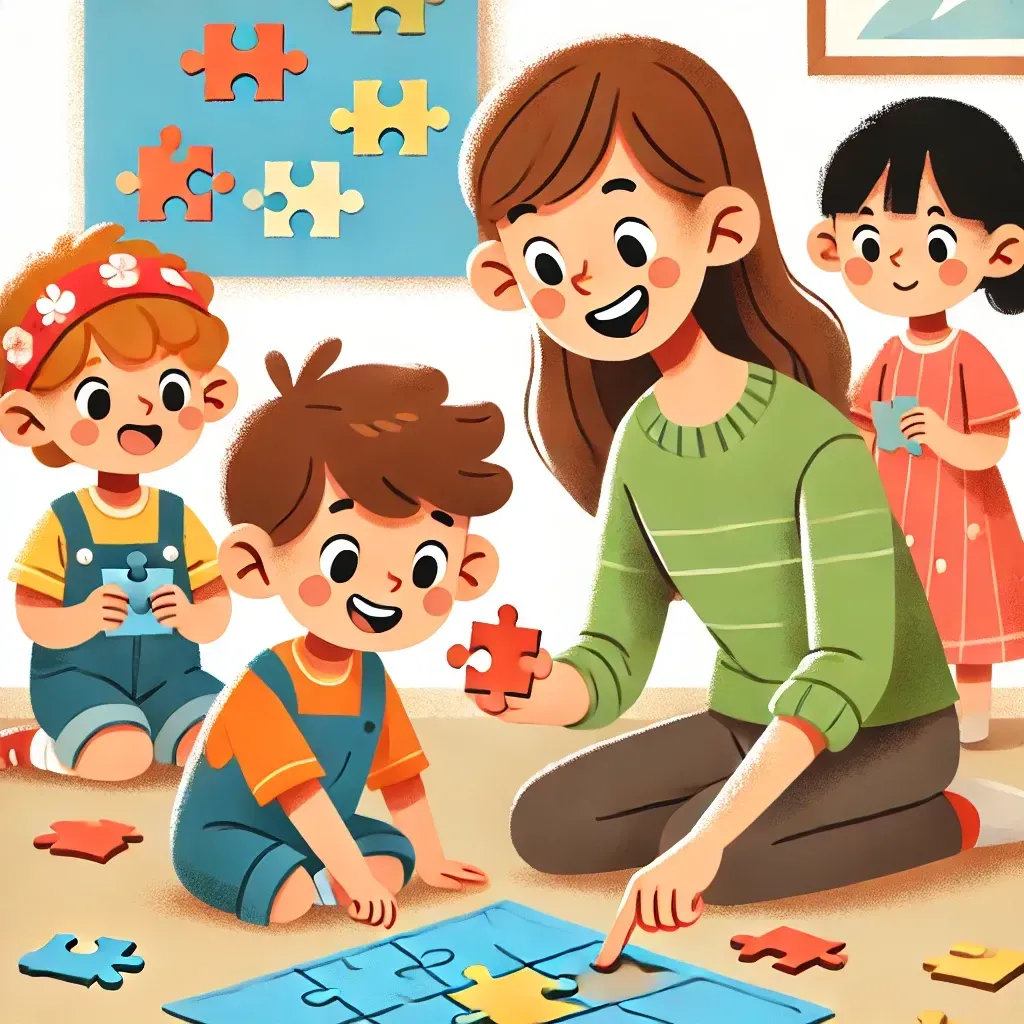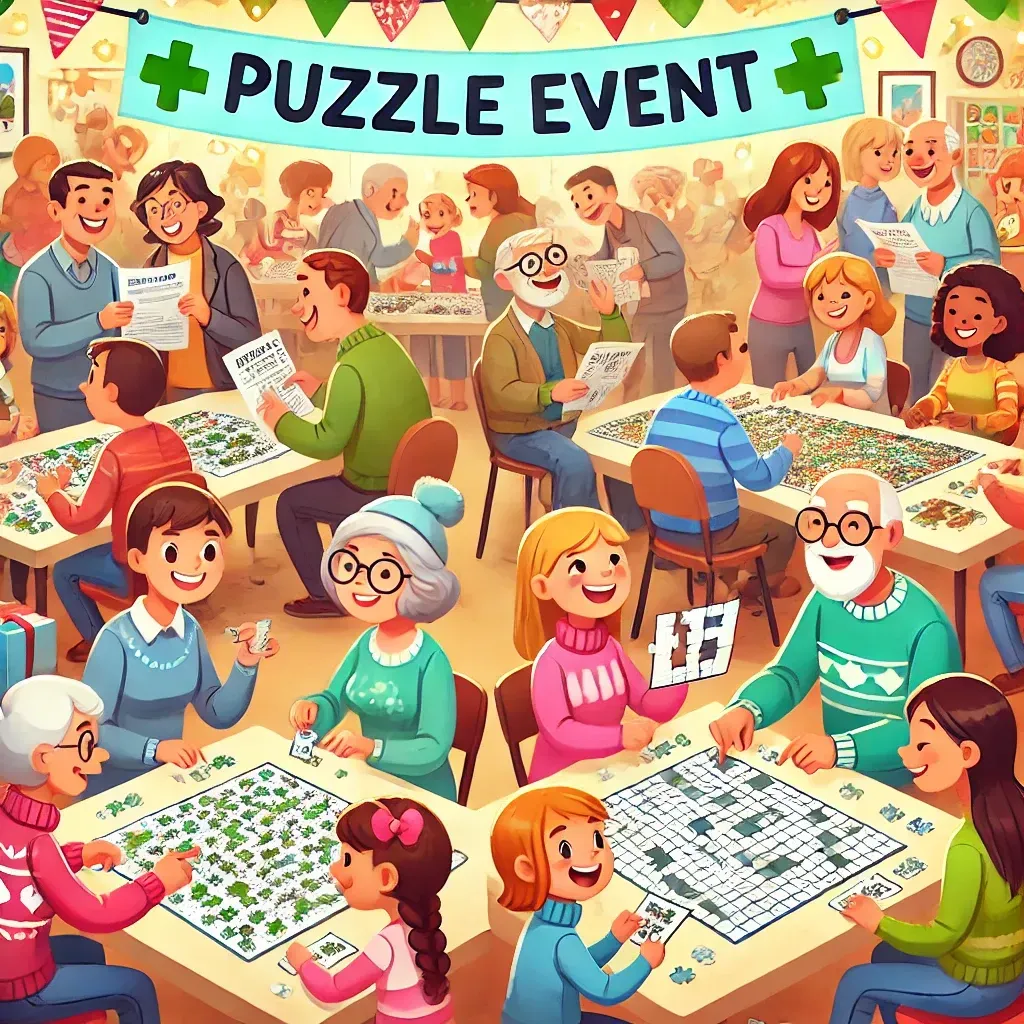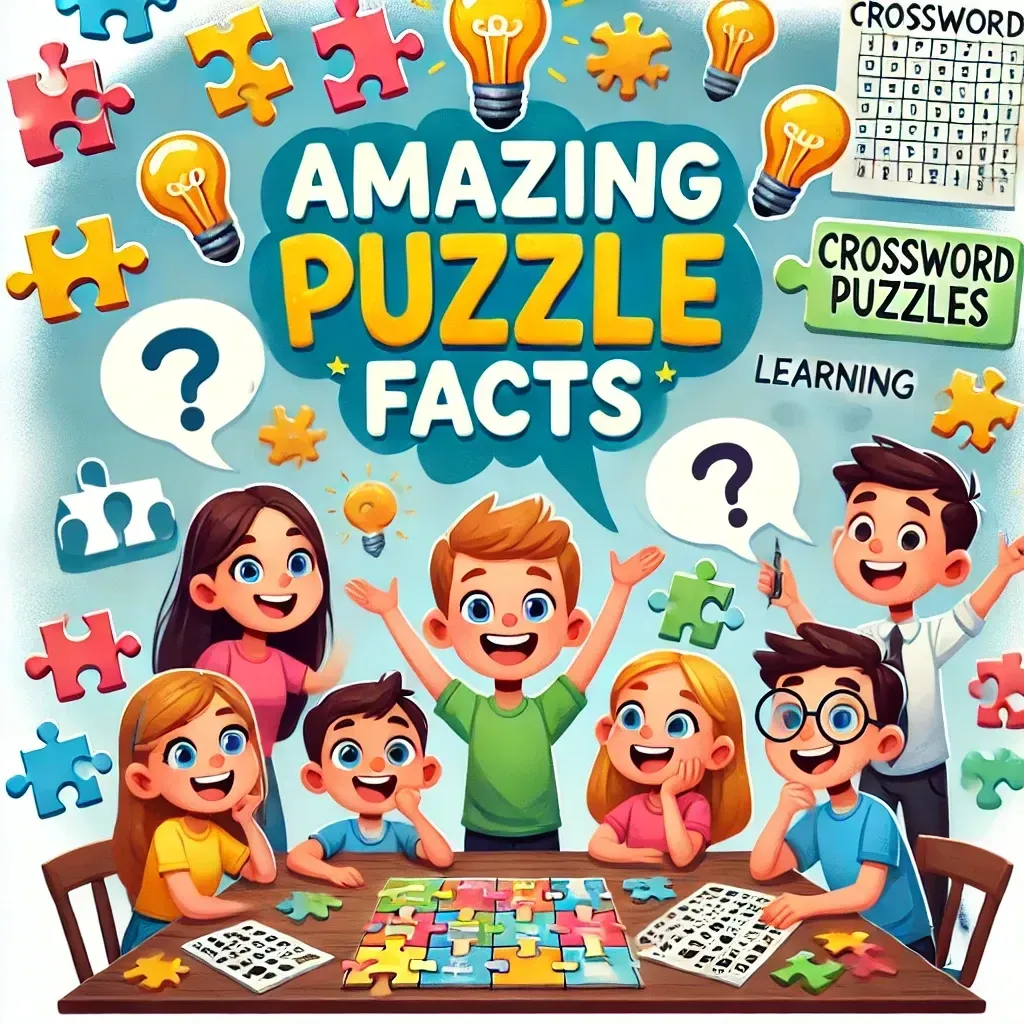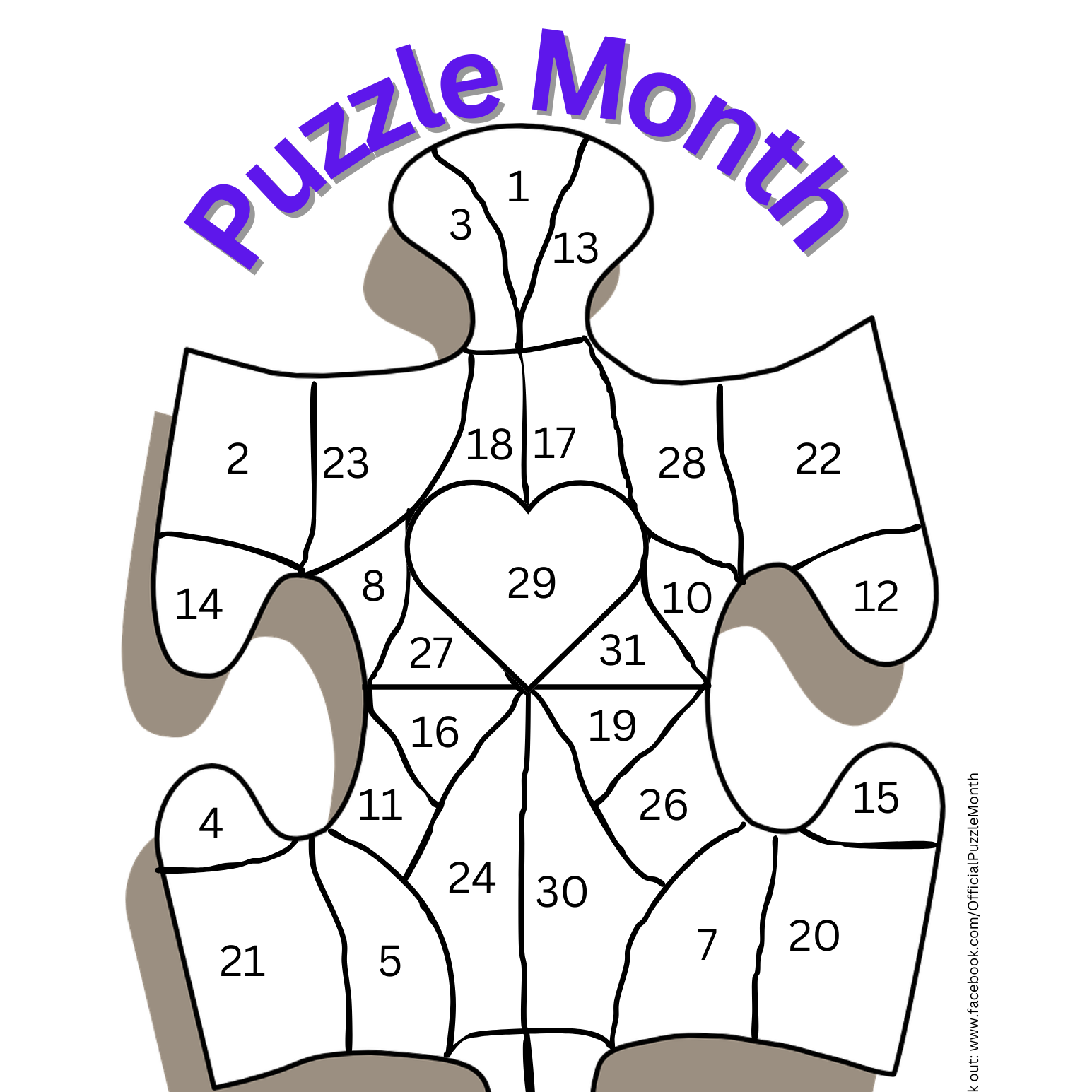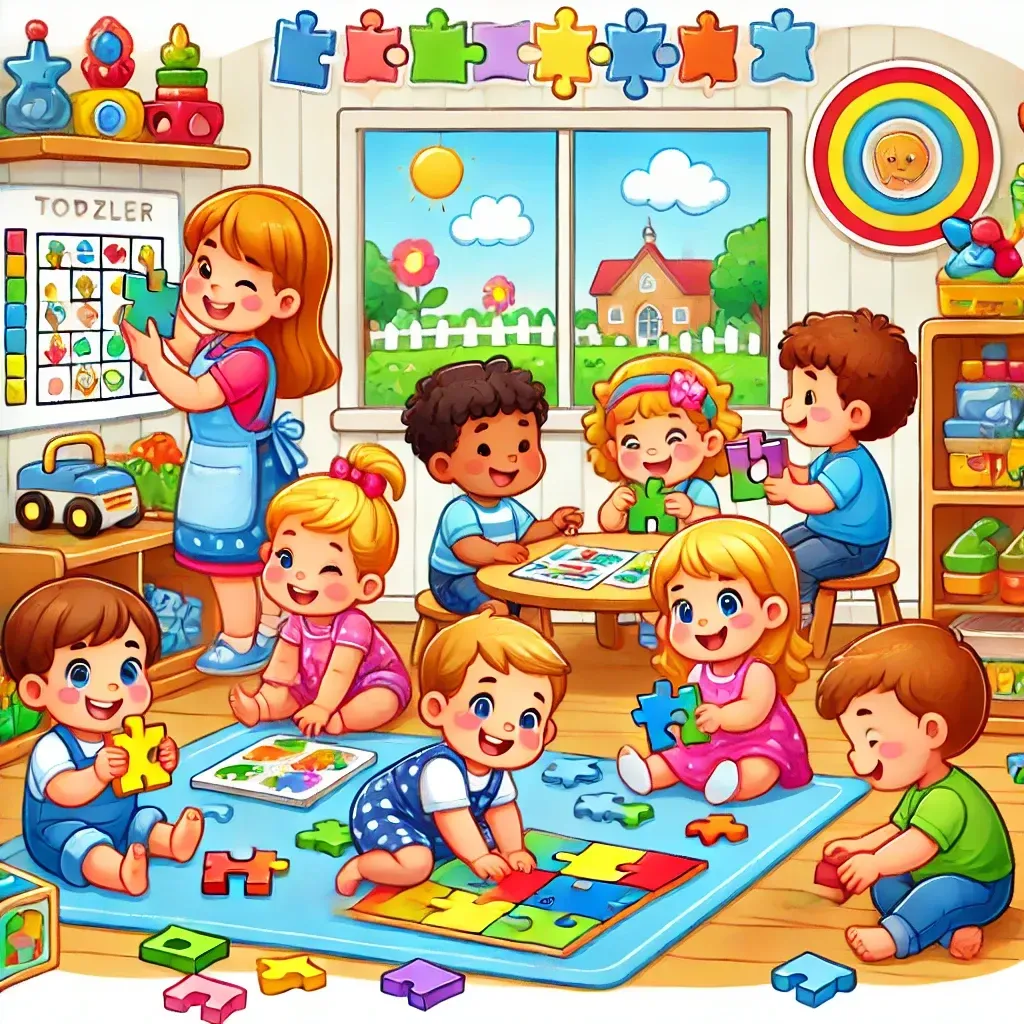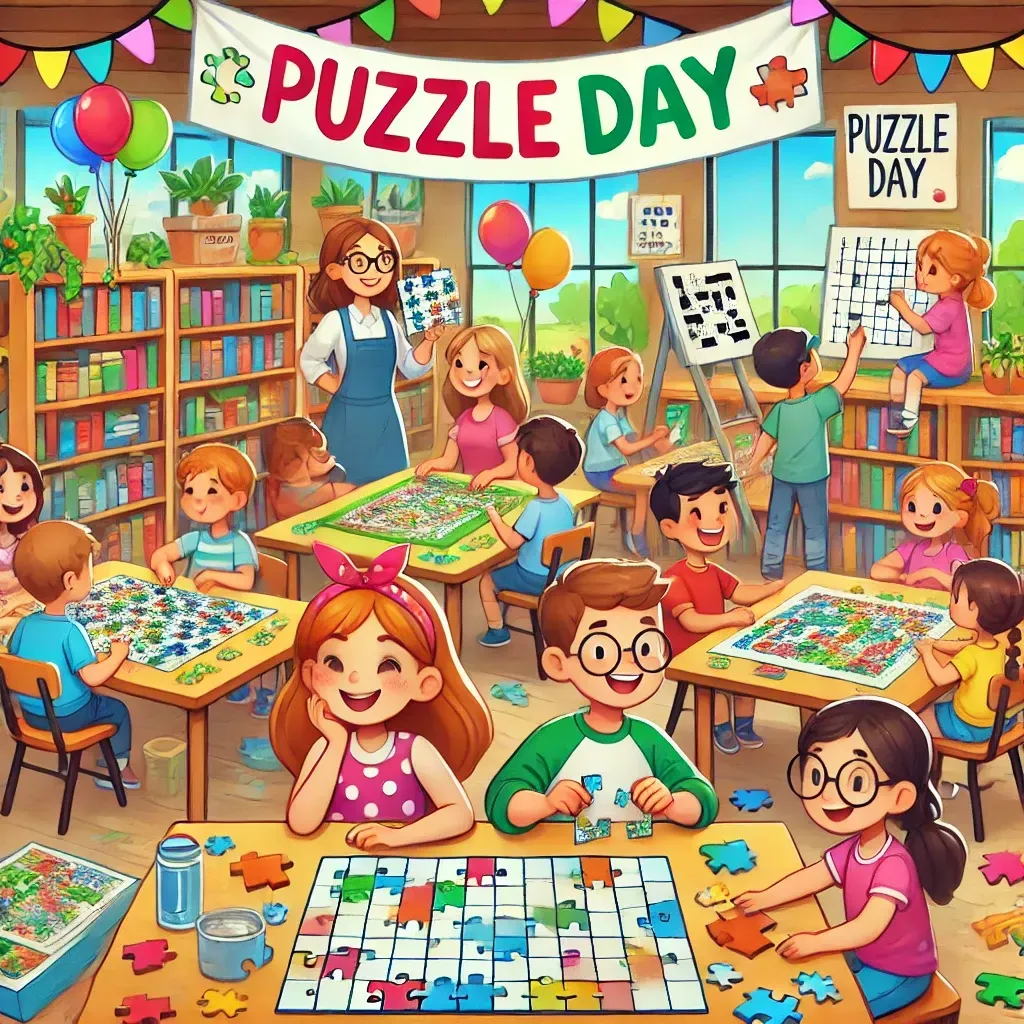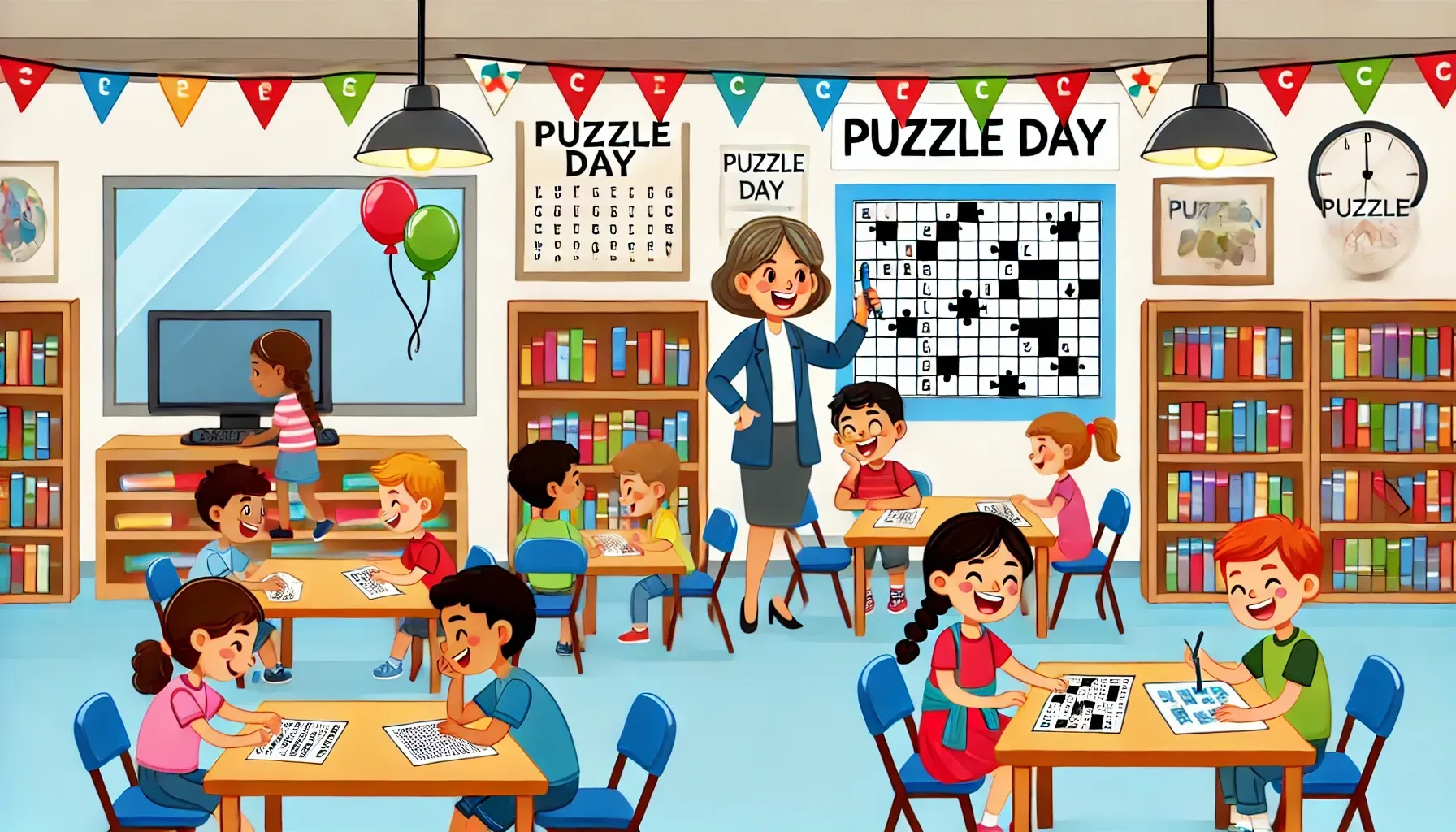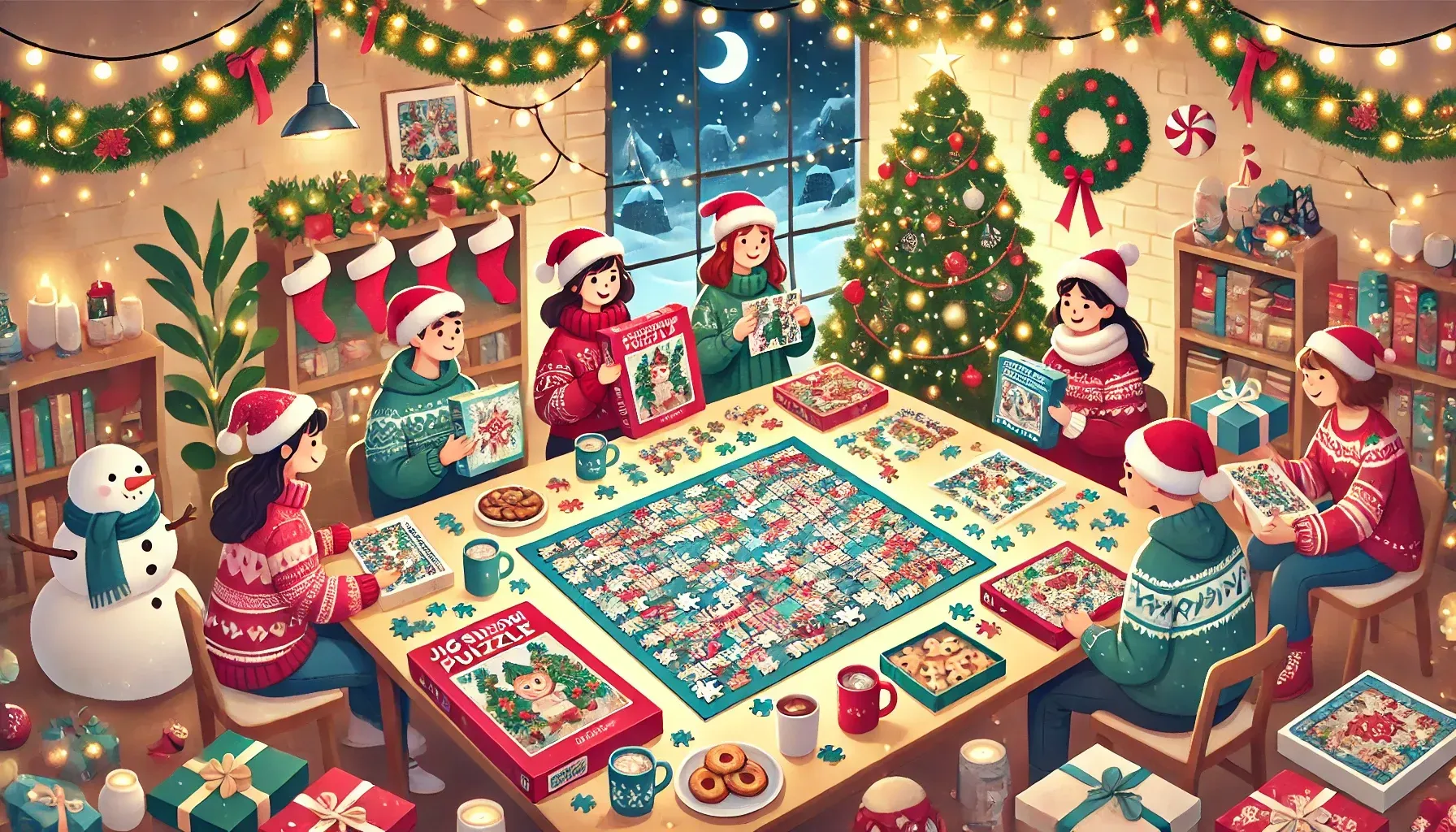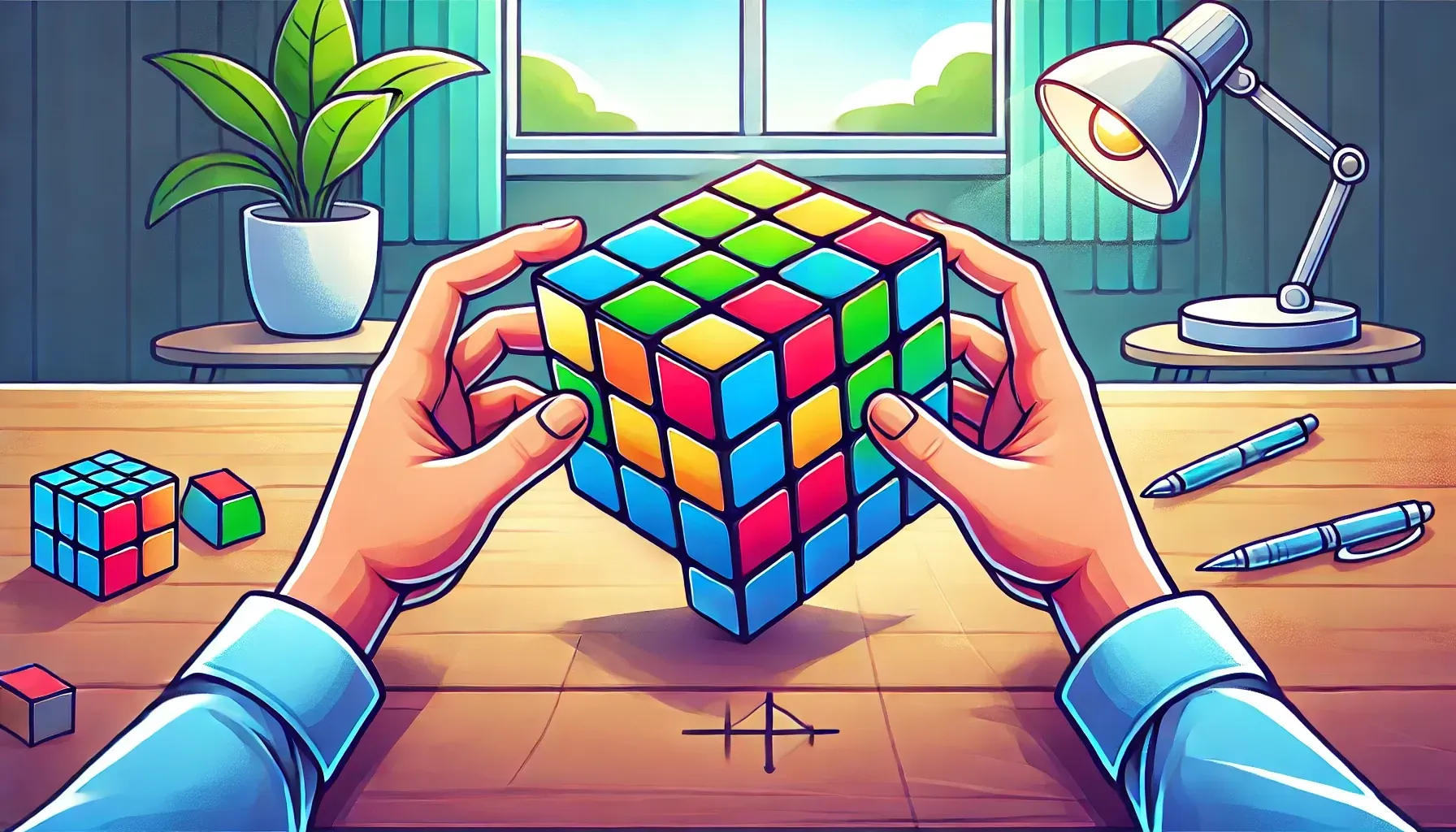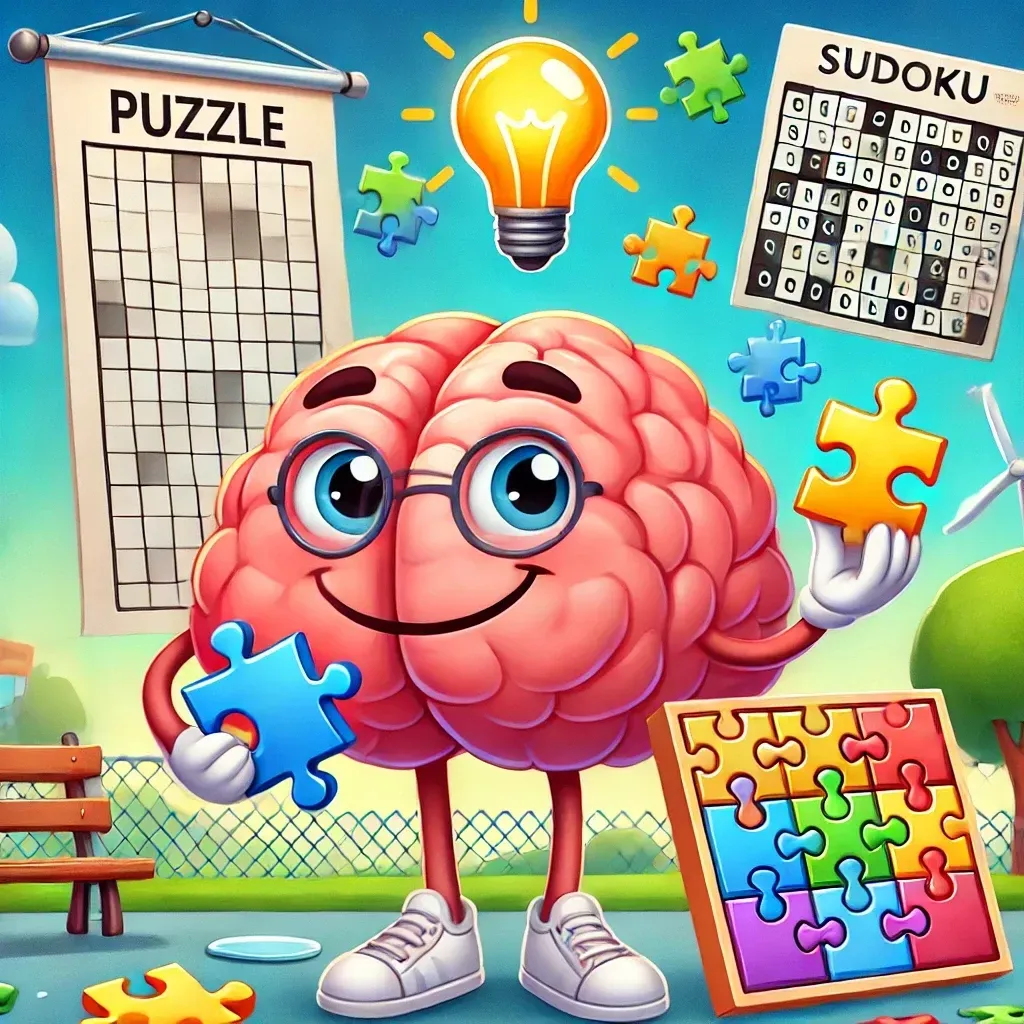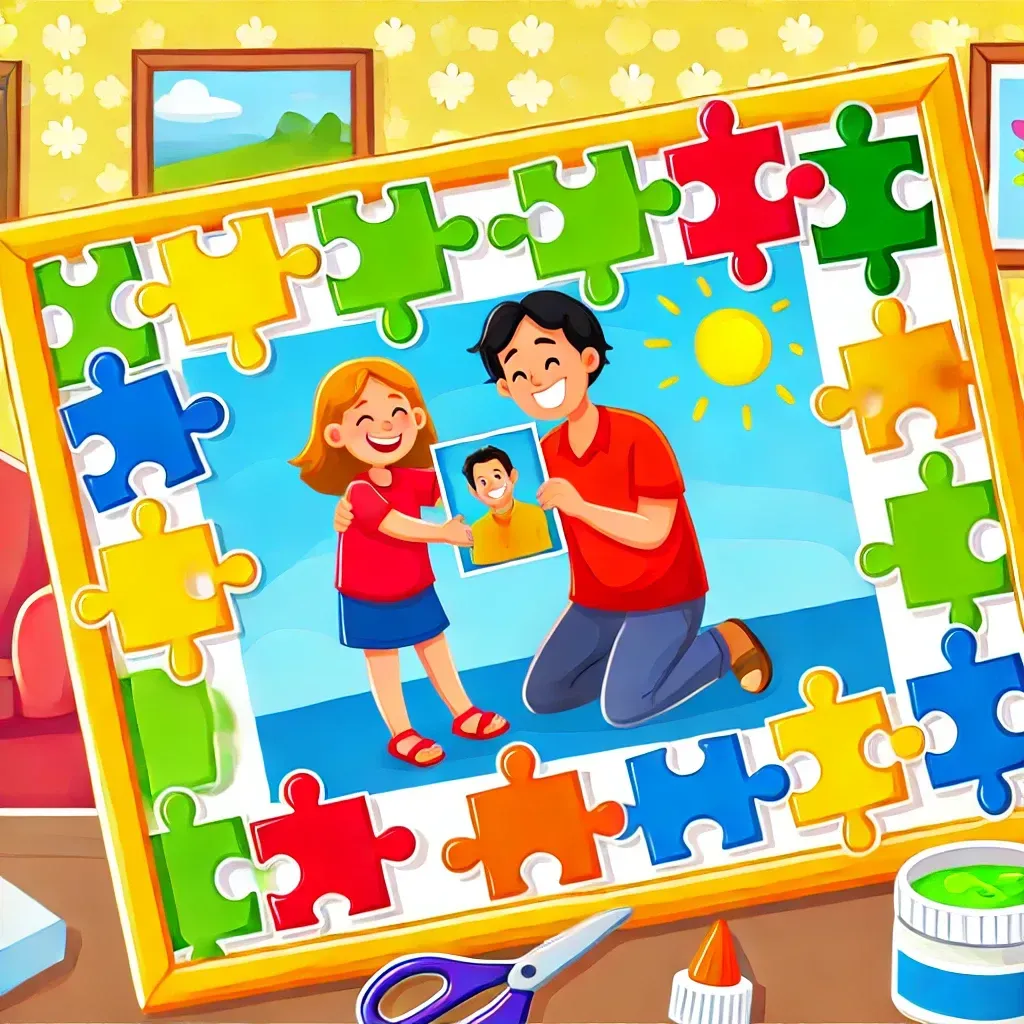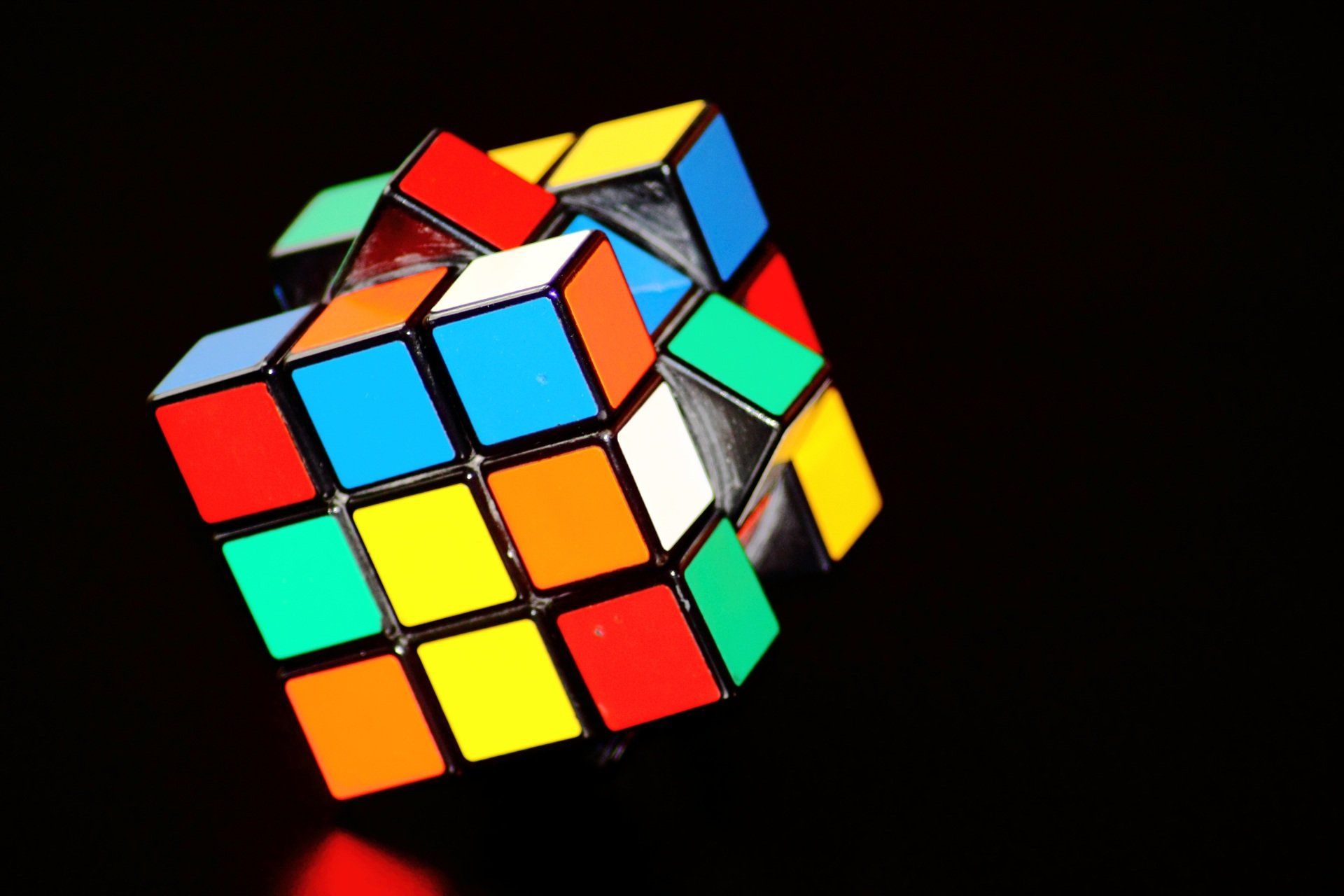Cereal Box Puzzles: A Breakfast Tradition Full of Fun
Cereal Box Puzzles: A Breakfast Tradition for Kids
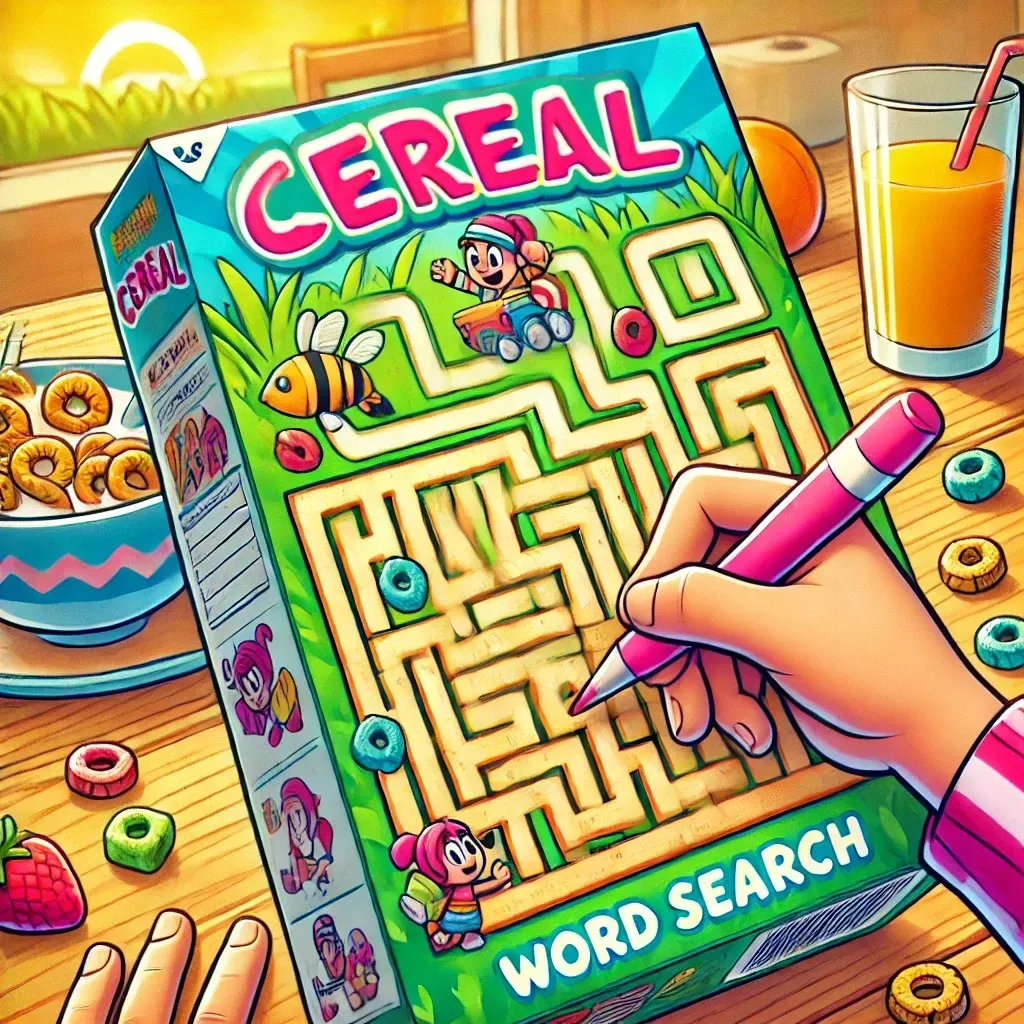
There’s something magical about the sight of a colorful cereal box on the breakfast table, especially when it’s packed with games and puzzles. For decades, cereal boxes have been more than just a container for crunchy treats—they’ve been a source of entertainment, education, and joy for kids (and let’s be honest, adults too). Let’s explore the fun of puzzles on cereal boxes, their history, and the games that made mornings extra special.
The Morning Puzzle Ritual
Picture this: It’s early morning, and you’re still half-asleep. You pour yourself a bowl of cereal, but before taking a bite, your eyes drift to the side of the box. There it is—a maze, a word search, or a connect-the-dots challenge. Suddenly, breakfast becomes an adventure.
For kids, puzzles on cereal boxes are a delightfully simple way to start the day. While munching on sugary loops or flakes, they get to test their wits and problem-solving skills. Parents love it too, as it keeps little ones occupied while they sip their coffee or pack lunches.
Cereal box puzzles have an almost magical ability to make breakfast feel like an event. They turn an everyday meal into an interactive experience, sparking curiosity and creativity before the school day begins.
A Brief History of Cereal Box Puzzles
The tradition of printing puzzles and games on cereal boxes dates back to the mid-20th century, when cereal companies began competing for children’s attention. At a time when television and toys were limited, breakfast became a golden opportunity for brands to connect with kids.
The Early Days:
In the 1940s and 1950s, cereals like Kellogg's Corn Flakes and General Mills' Cheerios started printing simple activities like mazes and trivia questions on their packaging. These early puzzles were often educational, teaching kids new words or encouraging them to think critically.
The Golden Era of Cereal Box Fun:
By the 1970s and 1980s, cereal brands were in full-on competition to outdo each other. The games became more colorful and creative, with beloved mascots like Tony the Tiger and Toucan Sam guiding kids through activities. Some boxes even included cut-out board games or punch-out tokens for extra fun.
Modern Innovations:
Today, cereal box puzzles have embraced technology. QR codes and augmented reality features allow kids to unlock digital games and puzzles with their smartphones. While the classics haven’t disappeared, they’ve evolved to keep up with the times.
The Most Popular Cereal Box Puzzles
Over the years, cereal boxes have featured a wide variety of puzzles and games, each designed to entertain and challenge kids. Here are some of the most memorable ones:
- Mazes. Mazes are a staple of cereal box puzzles. Guiding a cartoon character through twists and turns to reach a bowl of cereal or treasure has always been a hit. The visual appeal and simplicity make mazes universally loved.
- Word Searches. Word searches are perfect for mornings, as they’re engaging without being too complicated. Kids eagerly circle hidden words, often themed around the cereal’s mascot, flavors, or seasonal events like Halloween or Christmas.
- Spot-the-Difference. Another favorite is the “spot-the-difference” puzzle, where two nearly identical pictures hide subtle variations. Kids love hunting for the missing bowtie or the extra sprinkle, and parents enjoy the quiet focus it brings.
- Cut-Out Games. Some cereal boxes doubled as crafting projects, offering cut-out masks, cars, or action figures. These activities often tied into popular cartoons or movies, giving kids a tangible takeaway.
- Trivia and Riddles. Trivia and riddles added an educational element to the fun. Questions about history, science, or pop culture engaged kids’ minds and sometimes even sparked conversations at the breakfast table.
- Codes and Secret Messages. Cereal boxes also loved to feature decoder rings or hidden messages. Kids would follow clues printed on the box to unlock a secret word or phrase, which added an air of mystery to their morning routine.
Why These Puzzles Are So Much Fun
Cereal box puzzles tap into a child’s natural curiosity and love of play. They’re short enough to finish during breakfast and simple enough for kids of all ages to enjoy. The bright colors and friendly mascots make the games irresistible, and there’s a certain pride in solving a challenge before heading off to school.
These puzzles also offer a rare moment of analog fun in a digital world. Unlike apps or video games, cereal box puzzles require no screens, batteries, or Wi-Fi - just a pencil or your finger. They’re a nostalgic throwback that still feels fresh and engaging.
Bringing Back the Fun for Breakfast
While modern cereal boxes often focus on flashy designs or digital codes, there’s a growing appreciation for the classic puzzles of yesteryear. Many parents today remember solving these puzzles as kids and want to share that experience with their own children.
If you’re feeling nostalgic, here are some ideas to rekindle the joy of cereal box puzzles:
- Seek Out Classic Boxes: Some cereal brands still print puzzles on their packaging. Keep an eye out during your next grocery trip.
- Create Your Own: Grab a plain box and design your own maze or word search. Kids will love solving a puzzle you made just for them.
- Use Them as Family Challenges: Turn cereal box puzzles into a friendly competition. Who can finish the maze fastest or find the most words in the word search?
The Enduring Appeal of Cereal Box Puzzles
Puzzles on cereal boxes are more than just games—they’re a beloved tradition that has delighted generations of kids. They transform breakfast into a playful moment of discovery and problem-solving, setting a positive tone for the day.
As you pour your next bowl of cereal, take a moment to appreciate the humble cereal box puzzle. Whether it’s a maze, a word search, or a hidden message, it’s proof that the simplest things can bring the most joy.
So, grab your spoon, dig into your cereal, and let the games begin!
